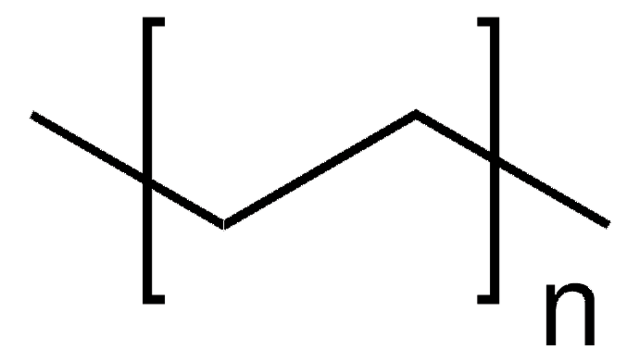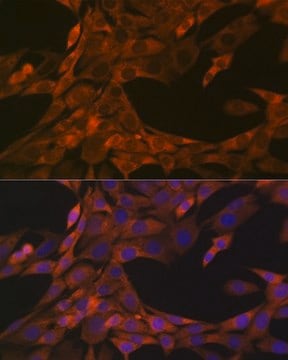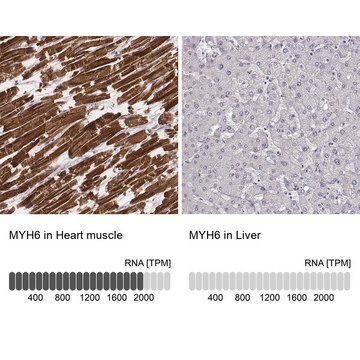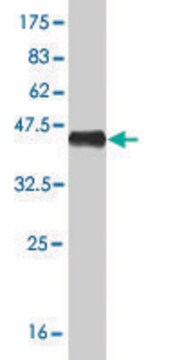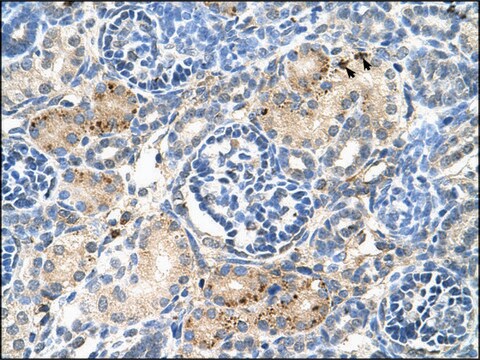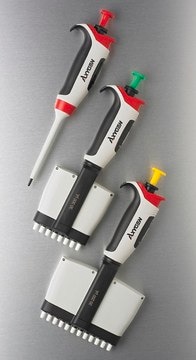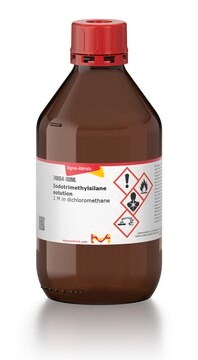MABT126
Anti-Obscurin Antibody, clone 5H10A
clone 5H10A, from mouse
Synonym(s):
EC:2.7.11.1, Obscurin-RhoGEF, Obscurin-myosin light chain kinase, Obscurin-MLCK
About This Item
Recommended Products
biological source
mouse
Quality Level
antibody form
purified immunoglobulin
antibody product type
primary antibodies
clone
5H10A, monoclonal
species reactivity
mouse, rat, human
technique(s)
immunofluorescence: suitable
immunohistochemistry: suitable
western blot: suitable
isotype
IgG1κ
NCBI accession no.
UniProt accession no.
shipped in
ambient
target post-translational modification
unmodified
Gene Information
human ... OBSCN(84033)
General description
Specificity
Immunogen
Application
Cell Structure
Immunofluorescence Analysis: A representative lot detected Obscurin in Immunofluorescence applications (Bowman, A.L., et. al. (2007). FEBS Lett. 581(8):1549-54).
Immunofluorescence Analysis: A representative lot detected Obscurin in mouse heart left ventricle and mouse quadriceps muscle (Courtesy of Li-Yen R. Hu, Ph.D., and Aiketerini Kontrogianni-Konstantopoulos, Ph.D. , University of Maryland, School of Medicine, USA).
Immunohistochemistry Analysis: A representative lot detected Obscurin in Immunohistochemistry applications (Kontrogianni-Konstantopoulos, A., et. al. (2006). FASEB J. 20(12):2102-11; Ackermann, M.A., et. al. (2014). PLoS One. 9(2):e88162).
Western Blotting Analysis: A representative lot detected Obscurin in mouse heart left ventricle and mouse tibialis anterior muscle tissues (Courtesy of Li-Yen R. Hu, Ph.D., and Aiketerini Kontrogianni-Konstantopoulos, Ph.D. , University of Maryland, School of Medicine, USA).
Quality
Isotyping Analysis: The identity of this monoclonal antibody is confirmed by isotyping test to be mouse IgG1.
Target description
Physical form
Storage and Stability
Other Notes
Disclaimer
Not finding the right product?
Try our Product Selector Tool.
Storage Class Code
12 - Non Combustible Liquids
WGK
WGK 1
Certificates of Analysis (COA)
Search for Certificates of Analysis (COA) by entering the products Lot/Batch Number. Lot and Batch Numbers can be found on a product’s label following the words ‘Lot’ or ‘Batch’.
Already Own This Product?
Find documentation for the products that you have recently purchased in the Document Library.
Our team of scientists has experience in all areas of research including Life Science, Material Science, Chemical Synthesis, Chromatography, Analytical and many others.
Contact Technical Service